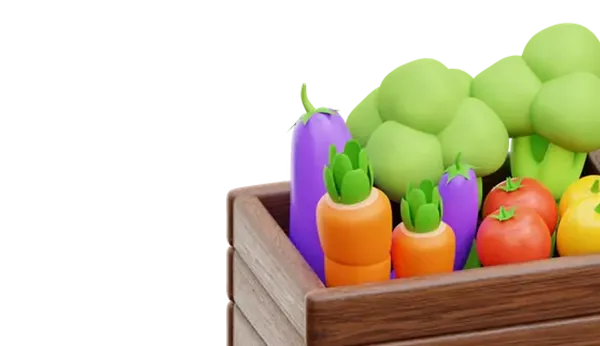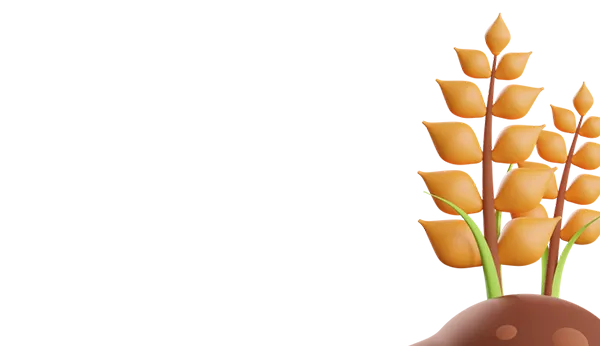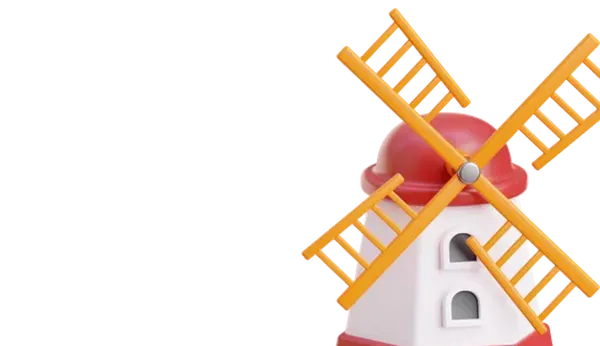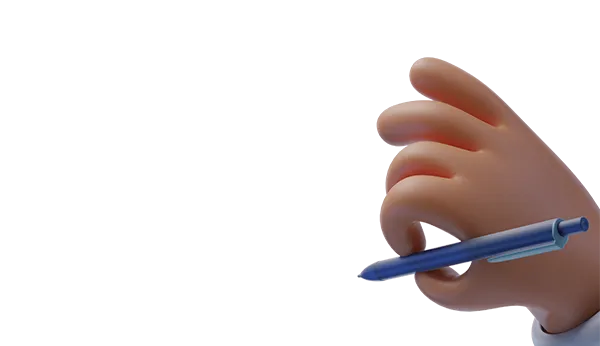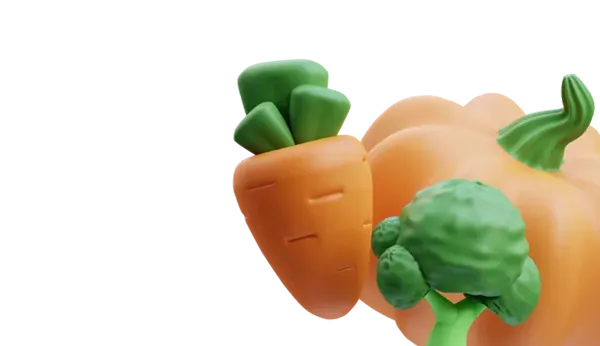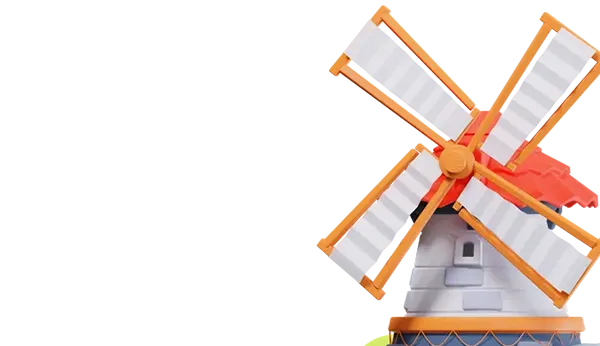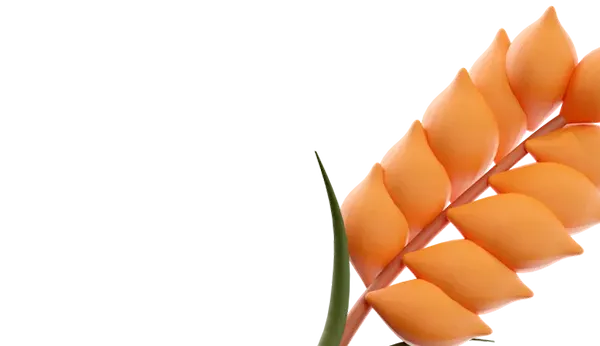In plots with an area of up to 50 hectares, 10 sample trees of each variety are selected, in plots from 50 to 100 hectares – 20 trees, and in plots from 100 to 200 hectares – 30 trees. These sample trees are evenly distributed along the diagonal of the plot and, when possible, in different microclimatic conditions.
For visual inspection of samples (branches, buds, rosettes, leaves, fruits), they are evenly distributed across the storeys, sides of the light, and crown height.
This year, the weather conditions in the Krasnodar region, with sharp temperature fluctuations between day and night, pose a threat to stone fruit crops, increasing the risk of Monilinia blight and leaf curl on peach trees.
Fruit-growing farms in the Crimea region are already noticing the first signs of leaf curl on early peach varieties. The disease manifests as tissue swellings on the leaves, which can be pale green, pale yellow, or red. Sometimes these swellings expand, the leaves start to dry out, and fall off.
As for Monilinia blight, the first signs appear right after flowering and manifest as a sudden discoloration of individual inflorescences. Infected flowers remain on the plant for a long time, distinguishing Monilinia blight from frost damage. In summer, the fruits can suffer from Monilinia rot and often remain on the tree until the next spring, serving as a source of infection for the winter.
Protective and preventive measures in orchards with fruit trees are carried out depending on the stages of their development:
- green cone stage – powdery mildew, downy mildew, Alternaria leaf spot, peach leaf curl;
- pink bud stage – powdery mildew and downy mildew;
- flowering stage – Monilinia blight, Alternaria leaf spot;
In the summer period, surveys and treatments against powdery mildew, downy mildew, scab, fruit rot, and other diseases are conducted according to the action periods of the preparations.
Specialists of the Research and Development Center conduct monitoring of disease spread and development before and after fungicide application to assess their effectiveness.
Currently, in the complex of treatments with systemic and contact fungicides, it is recommended to add the use of growth stimulants and micronutrients.
It is important to follow the rules of applying the preparations and ensure safety when carrying out protective measures.
Monitoring of perennial plantings to track pest development dynamics continues.

